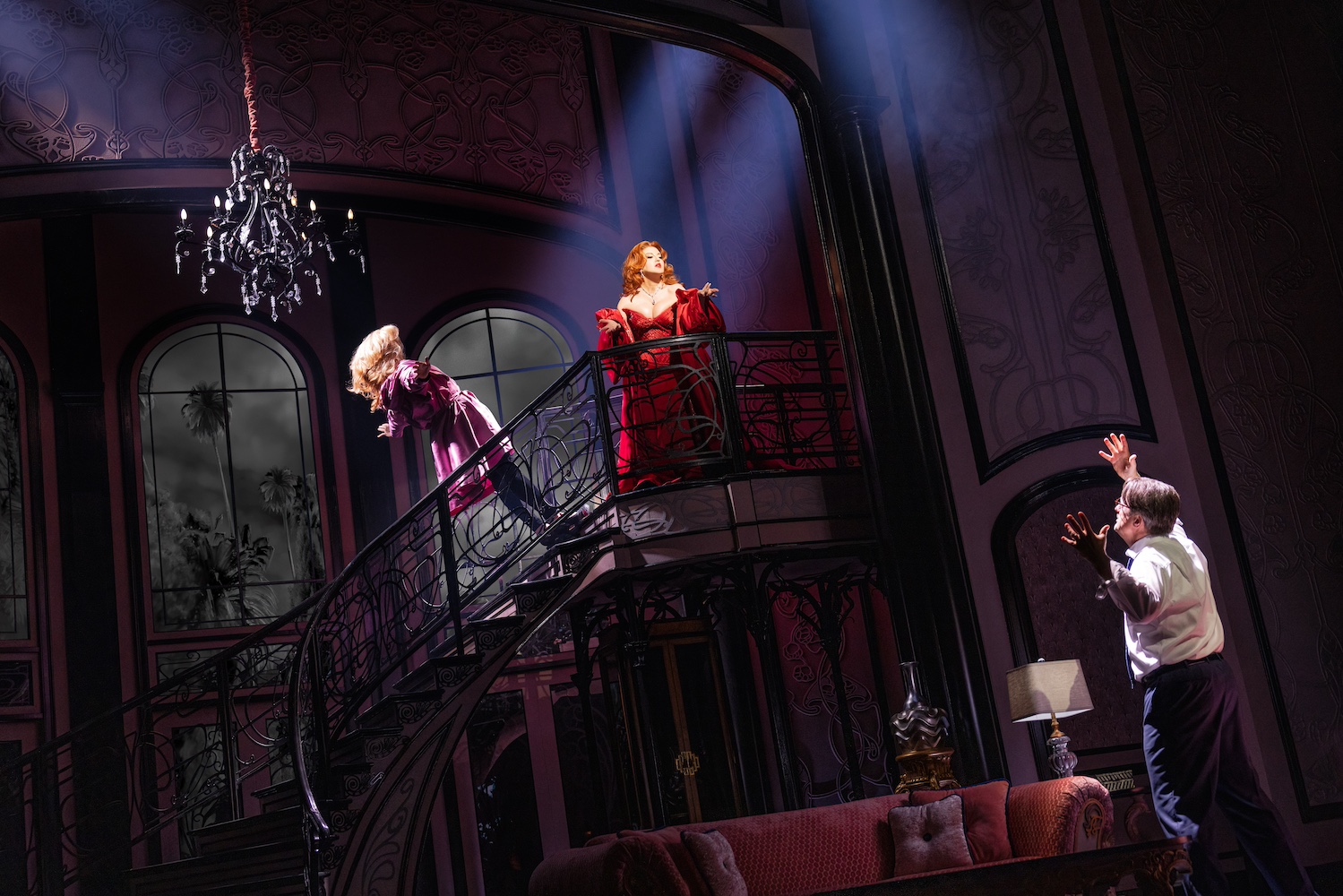You may be considering a visit to Broadway as part of your upcoming New York City vacation. Or, perhaps, you’re just celebrating the arrival of spring and feel a big night out is in order and are considering spending your hard earned dollars on a musical or two. Keeping in mind the rising prices of theater tickets—Shakespeare’s Othello, starring Denzel Washington, has seats going for as much as $900—it’s important to choose wisely.
Here’s a look at four Broadway musicals that may be on your “want to see” list. Two of these opened this season, and two were hot last year and are still running. Long runs don’t necessarily mean great shows, so here are some thoughts and recommendations.
Redwood – Through July 6 at the Nederlander Theatre.
***½ / ***** (3.5 stars out of 5)
Tina Landau’s Redwood is one of those rare Broadway shows that critics didn’t embrace but is quite enjoyable in spite of itself. The story of a woman (Idina Menzel, Rent) who travels California’s Redwood Forest whilst trying to find herself after suffering a heartbreaking, tragic loss. It’s a common, almost trite storyline, but the set (Jason Ardizzone-West), with its utterly remarkable, towering video projections (Hana S. Kim), allows you to feel as if you’re scaling the giant, ancient trees yourself and makes for a unique theatrical experience. What’s more, Menzel’s magnificent voice is transportive enough to take you away from some of the cornier moments.

Death Becomes Her – Through November 2 at the Lunt-Fontanne Theatre.
**** / ***** (4 stars out of 5)
Camp seems to be a recurring theme this season, with hits like Drag: The Musical and Oh, Mary! Hot on their heels is Death Becomes Her, a musical version of the 1992 cult film about two rivals (fabulously played by Jennifer Simard and Megan Hilty), one an actress, the other a writer, who will go to insane lengths to outdo the other, and that includes indulging in a youth potion (brought to them by the devilish Michelle Williams as Viola Von Horn) that has the up and down sides of any Faustian bargain. Terrific music by Julia Mattison and Noel Carey adds zing. It’s a fun night out for light, silly Broadway fare.
Other Options: A Couple of Last Year’s Hot Shows

The Great Gatsby Musical – Through September 7 at the Broadway Theatre
** / ***** (2 stars out of 5)
After harsh critical reception and a poor showing during last year’s award season, The Great Gatsby musical somehow managed to survive more than a year (with a closing announced for September 2025). Lovers of F. Scott Fitzgerald’s novel will likely be deeply disappointed, as the loss of copyright now allows unfortunate and innumerable manipulations of the most important American novel of the 20th century. An eight-hour, unabridged production of the book as a play, Gatz, by Elevator Repair Service that had a brief revival this past fall was easier to endure than even the first act of this Broadway version. Despite top name performers like Eva Noblezada and Jeremey Jordan—both of whom have since left the production—this Gatsby is the height of cringe and kitsch (including the use of two full-sized Rolls Royces – cars on stage are not only unnecessary, but a sure sign of desperation). Some Broadway fans love these schmaltzy, overblown productions (and there are remarkable set and costume accents), so if that’s you, green light! But if it’s the beloved story you’re after, run away.

The Outsiders – Open Run (***/***** 3 out of 5 stars) at the Jacobs Theatre
Despite winning several Tonys last year, including Best New Musical, The Outsiders is one of those musicals you’ll either absolutely love or really dislike. Its main draw is the nostalgia for those who fell in love with S.E. Hinton’s popular 1967 teen novel set in 1960s Tulsa, Oklahoma. It’s essentially West Side Story or Grease with a bit more edge: conflict between gangs of white teens of differing socio-economic class where the bitterness eventually leads to death and ruined lives. A tired trope, if you ask me, but audiences eat it up. The songs aren’t particularly memorable and there’s a lot of well-choreographed dancing/fighting sequences. What’s more, the colorblind casting (usually a good thing) misrepresents the racial segregation and deeply-entrenched, hateful bigotry that defined the American South during the 1960s.












